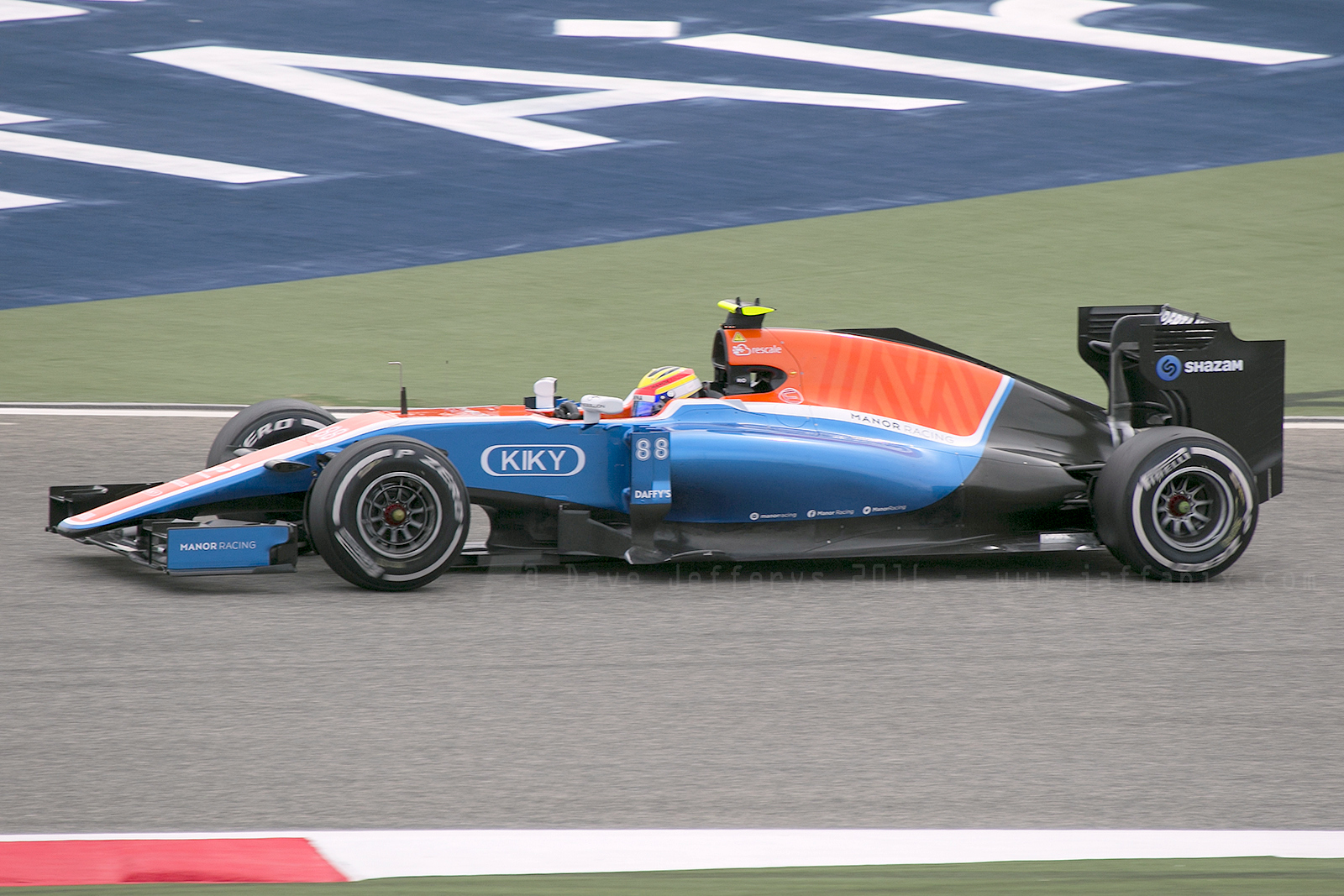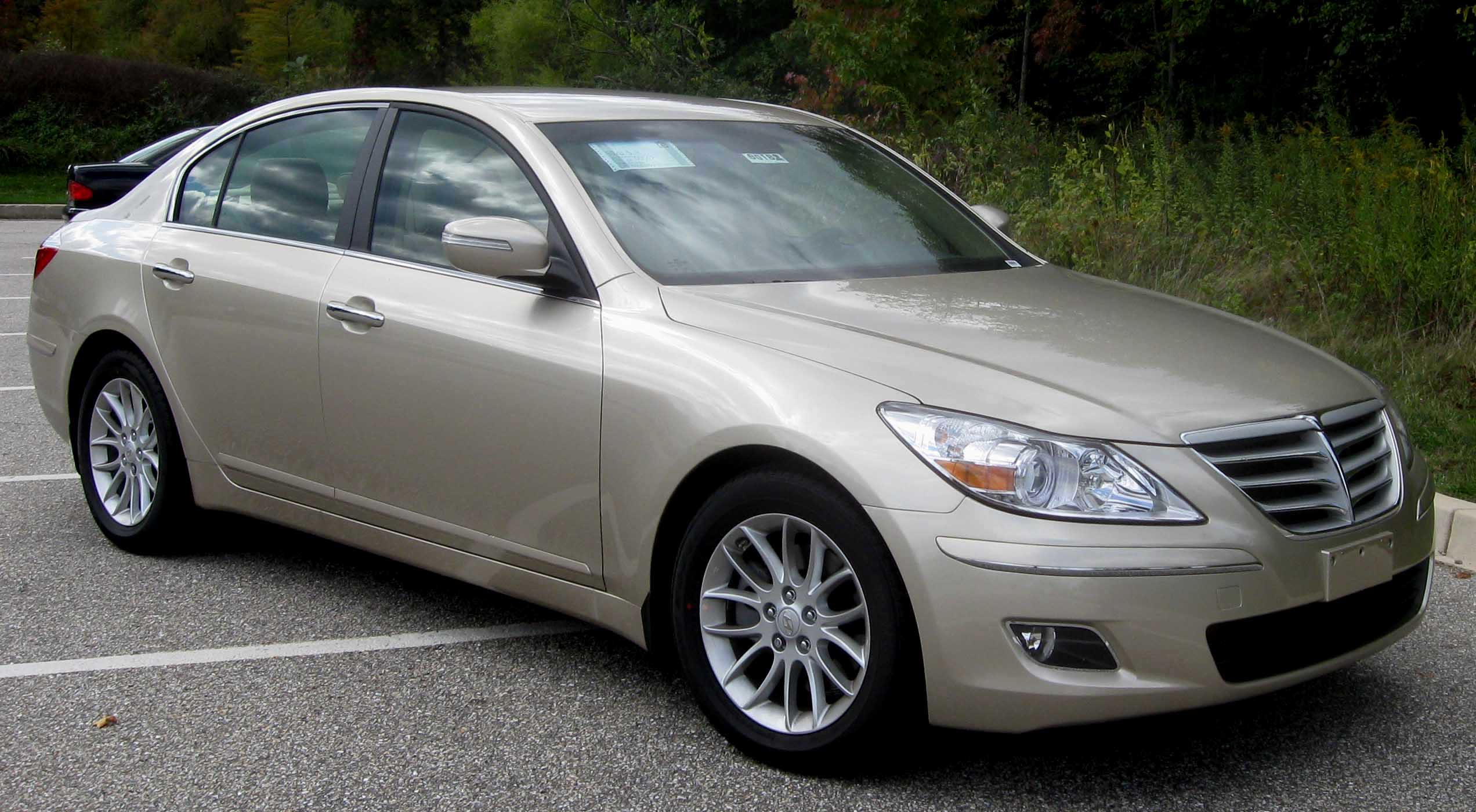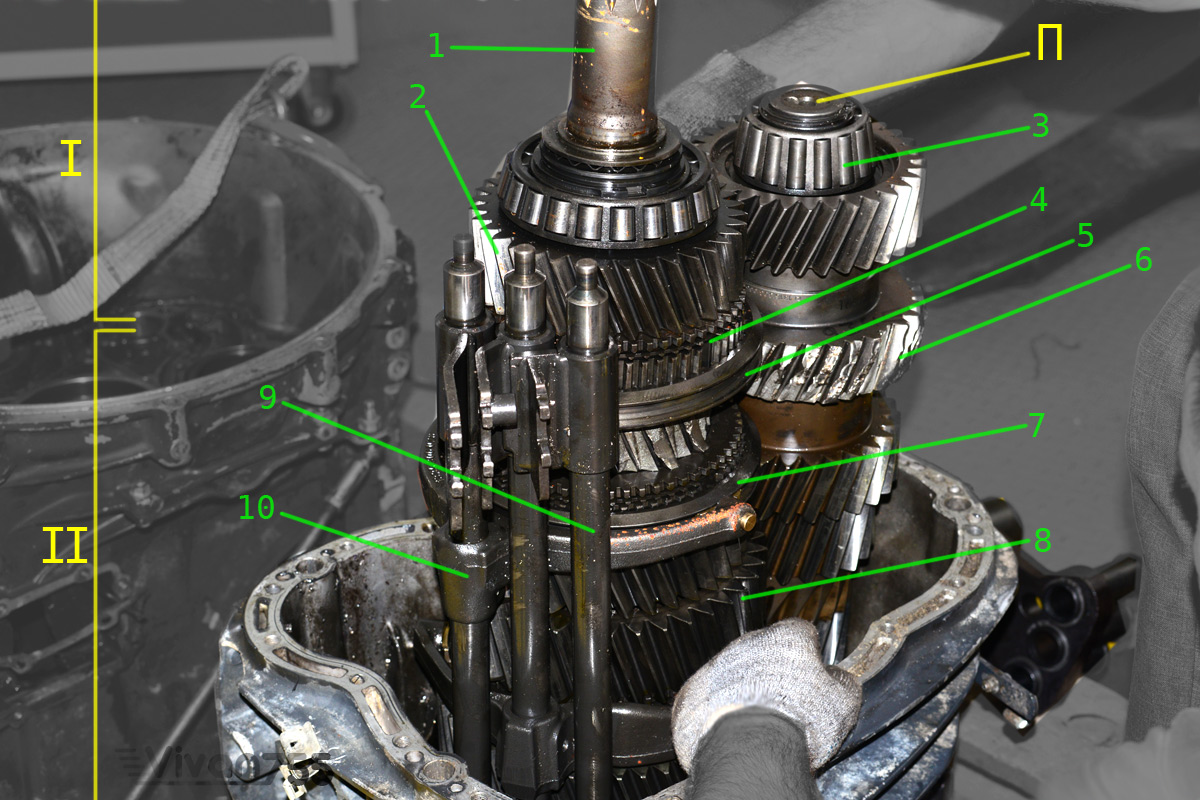|
Changhe Freedom M70
The Changhe Freedom M70 is an MPV manufactured by Changhe, a sub-brand of BAIC. Overview The Changhe Freedom M70 was revealed in 2016 with prices ranging from 54,900 yuan to 64,900 yuan, while the Changhe Freedom M70 was available on the market from March 2017. Specifications The Changhe Freedom M70 is powered by a 1.5-litre engine mated to a 5-speed manual transmission A manual transmission (MT), also known as manual gearbox, standard transmission (in Canadian English, Canada, British English, the United Kingdom and American English, the United States), or stick shift (in the United States), is a multi-speed .... It is available with 5-, 7- and 8-seater configurations. References External links * Cars of China Minivans Cars introduced in 2016 Cars discontinued in 2019 BAIC Group vehicles Changhe vehicles {{modern-auto-stub ... [...More Info...] [...Related Items...] OR: [Wikipedia] [Google] [Baidu] |
BAIC Group
Beijing Automotive Group Co., Ltd. (BAIC, formerly as Beijing Automotive Industry Corporation) is a Chinese state-owned automobile manufacturer headquartered in Shunyi, Beijing. Founded in 1958, it is the sixth largest automobile manufacturer in China, with 1.723 million sales in 2021. The company produces and sells vehicles under its own branding, such as Arcfox, Beijing, Foton Motor, Ruili Doda, as well as under foreign-branded joint ventures such as Beijing-Benz and Beijing-Hyundai. It also produces electric vehicles under some of the previously listed brandings, including dedicated EV brands such as Arcfox. Its principal subsidiaries include the passenger car maker BAIC Motor (44.98% share); and truck, van, bus, and agricultural equipment automaker, Foton Motor. A large proportion of sales BAIC's sales is in agricultural, commercial, and military vehicles. History BAIC was originally founded in 1958 as Beijing Automobile Works (BAW), which found success producing the ... [...More Info...] [...Related Items...] OR: [Wikipedia] [Google] [Baidu] |
Multi-purpose Vehicle
Minivan (sometimes called simply a van) is a car classification for vehicles designed to transport passengers in the rear seating row(s), with reconfigurable seats in two or three rows . The equivalent classification in Europe is MPV (multi-purpose vehicle), people carrier, or M-segment. Compared with a full-size van, most minivans are based on a passenger car platform and have a lower body. Early models such as the Ford Aerostar and Chevrolet Astro utilized a compact pickup truck platform. Minivans often have a 'one-box' or 'two-box' Car body configurations, body configuration, a higher roof, a flat floor, sliding doors for rear passengers, and high H-point seating. The largest size of minivans is also referred to as 'Large MPV' and became popular following the introduction of the 1984 Dodge Caravan and Renault Espace. Typically, these have platforms derived from D-segment passenger cars or compact pickups. Since the 1990s, the smaller compact MPV and mini MPV sizes of minivan ... [...More Info...] [...Related Items...] OR: [Wikipedia] [Google] [Baidu] |
M-segment
Minivan (sometimes called simply a van) is a car classification for vehicles designed to transport passengers in the rear seating row(s), with reconfigurable seats in two or three rows . The equivalent classification in Europe is MPV (multi-purpose vehicle), people carrier, or M-segment. Compared with a full-size van, most minivans are based on a passenger car platform and have a lower body. Early models such as the Ford Aerostar and Chevrolet Astro utilized a compact pickup truck platform. Minivans often have a 'one-box' or 'two-box' body configuration, a higher roof, a flat floor, sliding doors for rear passengers, and high H-point seating. The largest size of minivans is also referred to as 'Large MPV' and became popular following the introduction of the 1984 Dodge Caravan and Renault Espace. Typically, these have platforms derived from D-segment passenger cars or compact pickups. Since the 1990s, the smaller compact MPV and mini MPV sizes of minivans have also become ... [...More Info...] [...Related Items...] OR: [Wikipedia] [Google] [Baidu] |
Mid-engine Design
In automotive engineering, a mid-engine layout describes the placement of an automobile engine in front of the rear-wheel axles, but behind the front axle. History The mid-engine, rear-wheel-drive format can be considered the original layout of automobiles. A 1901 Autocar was the first gasoline-powered automobile to use a drive shaft and placed the engine under the seat. This pioneering vehicle is now in the collection of the Smithsonian Institution. Benefits Mounting the engine in the middle instead of the front of the vehicle puts more weight over the rear tires, so they have more traction and provide more assistance to the front tires in braking the vehicle, with less chance of rear-wheel lockup and less chance of a skid or spin out. If the mid-engine vehicle is also rear-drive the added weight on the rear tires can also improve acceleration on slippery surfaces, providing much of the benefit of all-wheel-drive without the added weight and expense of all-wheel-drive com ... [...More Info...] [...Related Items...] OR: [Wikipedia] [Google] [Baidu] |
Rear-wheel Drive
Rear-wheel drive (RWD) is a form of engine and transmission layout used in motor vehicles, in which the engine drives the rear wheels only. Until the late 20th century, rear-wheel drive was the most common configuration for cars. Most rear-wheel drive vehicles feature a longitudinally-mounted engine at the front of the car. Layout The most common layout for a rear-wheel drive car is with the engine and transmission at the front of the car, mounted longitudinally. Other layouts of rear-wheel drive cars include front-mid engine, rear-mid engine, and rear-engine. Some manufacturers, such as Alfa Romeo, Lancia, Porsche (944, 924, 928) and Chevrolet (C5, C6, and C7 Corvettes), place the engine at the front of the car and the transmission at the rear of the car, in order to provide a more balanced weight distribution. This configuration is often referred to as a transaxle since the transmission and axle are one unit. History 1890s to 1960s Many of the cars built in the 19th cent ... [...More Info...] [...Related Items...] OR: [Wikipedia] [Google] [Baidu] |
Inline-four Engine
A straight-four engine (also referred to as an inline-four engine) is a four-cylinder piston engine where cylinders are arranged in a line along a common crankshaft. The majority of automotive four-cylinder engines use a straight-four layout (with the exceptions of the flat-four engines produced by Subaru and Porsche) and the layout is also very common in motorcycles and other machinery. Therefore the term "four-cylinder engine" is usually synonymous with straight-four engines. When a straight-four engine is installed at an inclined angle (instead of with the cylinders oriented vertically), it is sometimes called a slant-four. Between 2005 and 2008, the proportion of new vehicles sold in the United States with four-cylinder engines rose from 30% to 47%. By the 2020 model year, the share for light-duty vehicles had risen to 59%. Design A four-stroke straight-four engine always has a cylinder on its power stroke, unlike engines with fewer cylinders where there is no power st ... [...More Info...] [...Related Items...] OR: [Wikipedia] [Google] [Baidu] |
Manual Transmission
A manual transmission (MT), also known as manual gearbox, standard transmission (in Canadian English, Canada, British English, the United Kingdom and American English, the United States), or stick shift (in the United States), is a multi-speed motor vehicle Transmission (mechanical device), transmission system where gear changes require the driver to manually select the gears by operating a gear stick and clutch (which is usually a foot pedal for cars or a hand lever for motorcycles). Early automobiles used ''sliding-mesh'' manual transmissions with up to three forward gear ratios. Since the 1950s, ''constant-mesh'' manual transmissions have become increasingly commonplace, and the number of forward ratios has increased to 5-speed and 6-speed manual transmissions for current vehicles. The alternative to a manual transmission is an automatic transmission. Common types of automatic transmissions are the Automatic transmission#Hydraulic automatic transmissions, hydraulic automatic ... [...More Info...] [...Related Items...] OR: [Wikipedia] [Google] [Baidu] |
Multi Purpose Vehicle
Minivan (sometimes called simply a van) is a car classification for vehicles designed to transport passengers in the rear seating row(s), with reconfigurable seats in two or three rows . The equivalent classification in Europe is MPV (multi-purpose vehicle), people carrier, or M-segment. Compared with a full-size van, most minivans are based on a passenger car platform and have a lower body. Early models such as the Ford Aerostar and Chevrolet Astro utilized a compact pickup truck platform. Minivans often have a 'one-box' or 'two-box' body configuration, a higher roof, a flat floor, sliding doors for rear passengers, and high H-point seating. The largest size of minivans is also referred to as 'Large MPV' and became popular following the introduction of the 1984 Dodge Caravan and Renault Espace. Typically, these have platforms derived from D-segment passenger cars or compact pickups. Since the 1990s, the smaller compact MPV and mini MPV sizes of minivans have also become ... [...More Info...] [...Related Items...] OR: [Wikipedia] [Google] [Baidu] |
Changhe Automobile
Changhe, officially Jiangxi Changhe Automobile Co Ltd, was a Chinese automobile manufacturer based in Jingdezhen, Jiangxi province, China.Profile of the Enterprise Changhe Official Site (Archive.org cache) Making cars and s, small trucks and vans for commercial purposes, Changhe had an estimated 200,000 (227,000 to 260,000) units/year production capacity as of 2010. Production capacity figures considered engines and vehicles as discrete. In the last period of company's existence, it was a majority-owned subsidiary of a large, state-owned automaker, |
Manual Transmission
A manual transmission (MT), also known as manual gearbox, standard transmission (in Canadian English, Canada, British English, the United Kingdom and American English, the United States), or stick shift (in the United States), is a multi-speed motor vehicle Transmission (mechanical device), transmission system where gear changes require the driver to manually select the gears by operating a gear stick and clutch (which is usually a foot pedal for cars or a hand lever for motorcycles). Early automobiles used ''sliding-mesh'' manual transmissions with up to three forward gear ratios. Since the 1950s, ''constant-mesh'' manual transmissions have become increasingly commonplace, and the number of forward ratios has increased to 5-speed and 6-speed manual transmissions for current vehicles. The alternative to a manual transmission is an automatic transmission. Common types of automatic transmissions are the Automatic transmission#Hydraulic automatic transmissions, hydraulic automatic ... [...More Info...] [...Related Items...] OR: [Wikipedia] [Google] [Baidu] |
Changhe Freedom M70 002
Changhe, officially Jiangxi Changhe Automobile Co Ltd, was a Chinese automobile manufacturer based in Jingdezhen, Jiangxi province, China.Profile of the Enterprise Changhe Official Site (Archive.org cache) Making cars and s, small trucks and vans for commercial purposes, Changhe had an estimated 200,000 (227,000 to 260,000) units/year production capacity as of 2010. Production capacity figures considered engines and vehicles as discrete. In the last period of company's existence, it was a majority-owned subsidiary of a large, state-owned automaker, |
Cars Of China
A car, or an automobile, is a motor vehicle with wheels. Most definitions of cars state that they run primarily on roads, seat one to eight people, have four wheels, and mainly transport people rather than cargo. There are around one billion cars in use worldwide. The French inventor Nicolas-Joseph Cugnot built the first steam-powered road vehicle in 1769, while the Swiss inventor François Isaac de Rivaz designed and constructed the first internal combustion-powered automobile in 1808. The modern car—a practical, marketable automobile for everyday use—was invented in 1886, when the German inventor Carl Benz patented his Benz Patent-Motorwagen. Commercial cars became widely available during the 20th century. The 1901 Oldsmobile Curved Dash and the 1908 Ford Model T, both American cars, are widely considered the first mass-produced and mass-affordable cars, respectively. Cars were rapidly adopted in the US, where they replaced horse-drawn carriages. In Europe and ... [...More Info...] [...Related Items...] OR: [Wikipedia] [Google] [Baidu] |









